RAJASTHAN
Rajasthan is a state in northern India.The state covers a space of 342,239 square kilometers or 10.4 percent of the all out geological space of India. It is the biggest Indian state by territory and the seventh biggest by populace. Rajasthan is situated on the northwestern side of India, where it involves a large portion of the wide and unfriendly Thar Desert (otherwise called the "Incomparable Indian Desert") and offers a line with the Pakistani territories of Punjab toward the northwest and Sindh toward the west, along the Sutlej-Indus stream valley. It is lined by five other Indian states: Punjab toward the north; Haryana and Uttar Pradesh toward the upper east; Madhya Pradesh toward the southeast; and Gujarat toward the southwest. Its geological area is 23.3 to 30.12 North scope and 69.30 to 78.17 East longitude, with the Tropic of Cancer going through southernmost tip of the state.
Significant highlights incorporate the remnants of the Indus Valley Civilisation at Kalibangan and Balathal, the Dilwara Temples, a Jain journey site at Rajasthan's just slope station, Mount Abu, in the antiquated Aravalli mountain range and in eastern Rajasthan, the Keoladeo National Park of Bharatpur, a World Heritage Site known for its bird life. Rajasthan is additionally home to three public tiger saves, the Ranthambore National Park in Sawai Madhopur, Sariska Tiger Reserve in Alwar and Mukundra Hills Tiger Reserve in Kota.
The state was shaped on 30 March 1949 when Rajputana – the name embraced by the British Raj for its conditions in the region – was converged into the Dominion of India. Its capital and biggest city is Jaipur. Other significant urban areas are Jodhpur, Kota, Bikaner, Ajmer, Bharatpur and Udaipur. The economy of Rajasthan is the seventh-biggest state economy in India with ₹10.20 lakh crore (US$140 billion) in GDP and a for every capita GDP of ₹118,000 (US$1,700). Rajasthan positions 29th among Indian states in human improvement index.
Don’t leave Rajasthan without trying:
Dal baati churma

This is the state's exemplary mark dish. Baati is hard, unleavened bread cooked in the desert spaces of Rajasthan. Baati is valued predominantly for its long time span of usability, in addition to it requires barely any water for its arrangement. It is constantly eaten with dal (lentil curry). The dal is made of lentils while churma is a coarsely ground wheat combination squashed and cooked in ghee and jaggery or sugar.
Gatte ki subzi
The greater part of Rajasthani cusine happened as expected because of the bone-dry conditions. For this dish you needn't bother with any new vegetables and that is its strength. This curry is made with gram flour dumplings (steamed and delicately singed) and tart sauce comprised of tomato, buttermilk and flavors. It's best appreciated with rotis (Indian level bread) and rice.
Laal maans
In this dominatingly vegan express, the most celebrated non-veggie lover dish is laal maans. Laal maans in a real sense signifies 'red meat' and the dish got its name on account of its red tone. Generally, laal maans used to be made with wild pig or deer. Today, it comprises of marinated hot lamb curry cooked on a low warmth in a red hot sauce of red chillies, garlic glue, cut onions and curds. An absolute necessity pursue meat eaters.
Ker sangri

Quite possibly the most famous Rajasthani dishes, ker is a wild berry that is tart and peppery while sangri is a kind of long bean filled bounteously in the desert spaces of Jaisalmer and Barmer. Sangri is a backbone during dry season, when little else is free as it is 53% protein. Rumors have spread far and wide suggesting that quite a while in the past there was a starvation in Rajasthan and the residents tracked down these two vegetables when any remaining vegetation had wilted away. The residents took these vegetables home and because of the shortage of water cooked them in vegetable oil with flavors. They ate this great invention with their bajra rotis. Today they cook it with buttermilk or water.
Papad ki subzi
The lack of downpour and water consistently made Rajasthanis think out about the case, and this dish was a lifeline when they ran out of vegetables. In this well known curry, broiled papads (meager Indian flatbreads produced using lentils) are broken generally and added to the yogurt sauce made with gram flour, stew powder, turmeric and slashed coriander leaves. The outcome is a mouth watering curry typically presented with steamed rice.
Bajra ki roti with lasun chutney
Bajra is dark millet flour and appreciated everywhere on the state. In towns, thickly moved bajra rotis are cooked over cow waste cakes that give a smoked flavor to the rotis. Bajra rotis can go with essentially any vegetable on a Rajasthani menu. Bajra roti is normally joined by lasun ki chutney-a garlic plunge produced using garlic, red bean stew powder, lime juice, jaggery and hand crafted spread.
Raab
This a thick stock produced using millet (bajra) flour and buttermilk, which is warmed and aged. Bajra flour and buttermilk are placed in an earthen pot and blended to make a thick sauce. This is then left to stew over a low fire for a few hours until completely cooked. It is then eaten, as a rule as a soup. A variation is 'makki ki raab', or corn raab, in which bubbled corn pieces are added.
Onion kachori

This is a quintessential curry comprised of five fixings found broadly across the Thar Desert. For quite a while, explorers in the desert depended broadly on panchkuta during lengthy drives on trucks and camels. It has a long timeframe of realistic usability in the wake of being cooked and is generally eaten with pooris/rotis. The five elements of panchkuta are sangri, ker, Kumat (seeds from the case of a deciduous tree), gunda (a sort of wild berry) and dry red chillies.
Ghevar
An extraordinary sweet treat from Jaipur that is basically a circle produced using flour, absorbed ghee, milk and finished off with cut almonds. This sweet dish has a crunchy surface and is made in a shape. There are assortments of Ghevar that can be set up from a plain, mawa (dense milk) and malai ghevar
Best Places to Visit in Rajasthan
Mount Abu
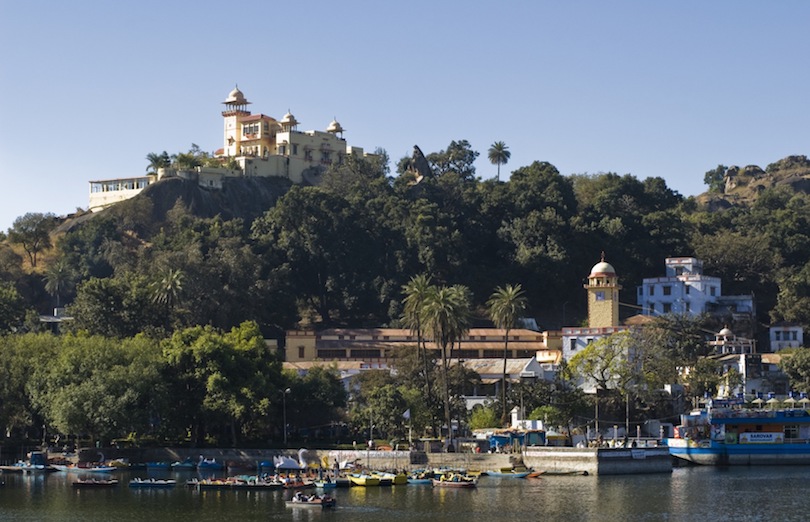
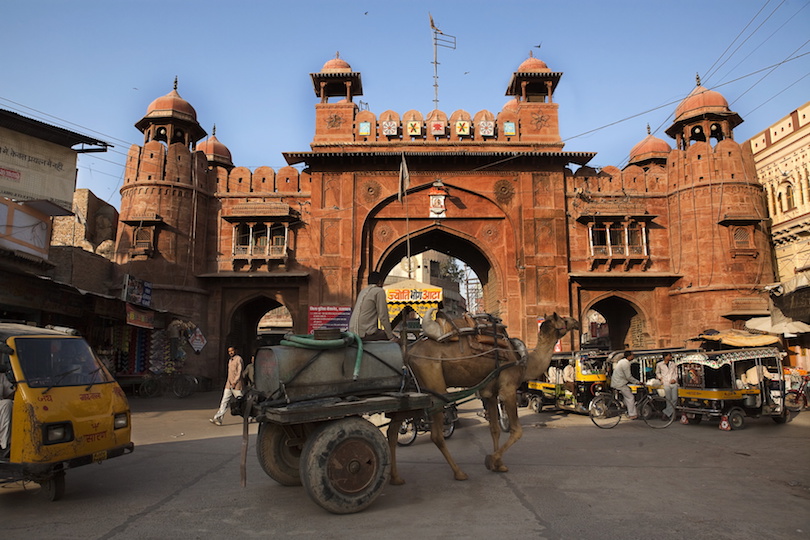
Albeit the city of Bikaner is home to a castle, a memorable fortification and surprisingly a camel research focus, numerous Indians know it as an objective for foodies with a sweet tooth. One of the nearby claims to fame you'll need to attempt is Kesar Kulfi, a sweet and frosted treat that is heavenly and invigorating on a sweltering evening. Desert safaris are likewise well known in Bikaner, and you can ride a camel into the desert to investigate the nearby culture and scene. It is difficult to miss Bikaner's Junagarh Fort, implicit the sixteenth century and now holding a broad historical center about the area.
Ranthambhore National Park
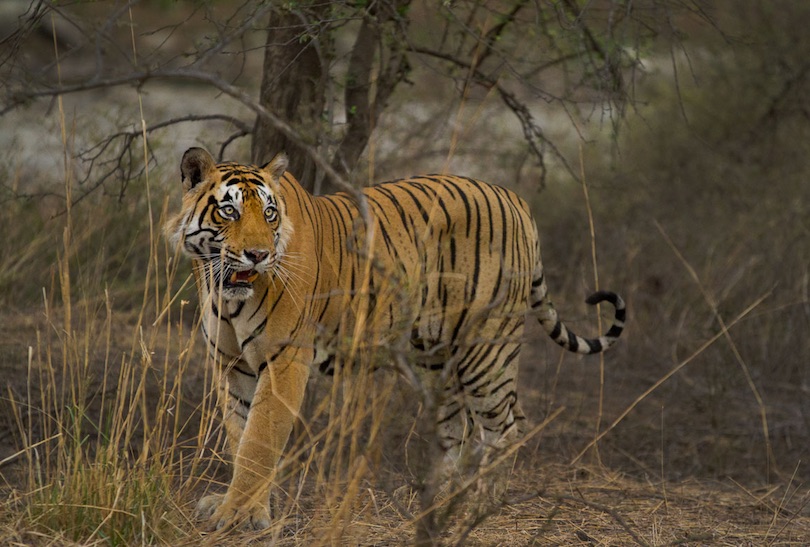 flickr/Nitish Bindal Agrawal
flickr/Nitish Bindal AgrawalTThis public park is likewise a natural life asylum, and it is known as one of the best positions in the whole world to see tigers in nature. You can book an untamed life safari to investigate the recreation center and see the creatures very close. A more modest, open-top vehicle called a vagabond is best for the bolder guests, and the bigger open-top vehicles called jogs offer somewhat more security. Notwithstanding the tigers, Ranthambhore National Park flaunts natural life that incorporates panthers, hyenas, sloth bears thus considerably more. On a safari, you will likewise get the opportunity to see Ranthambhore Fort, which traces all the way back to the tenth century.
Bundi
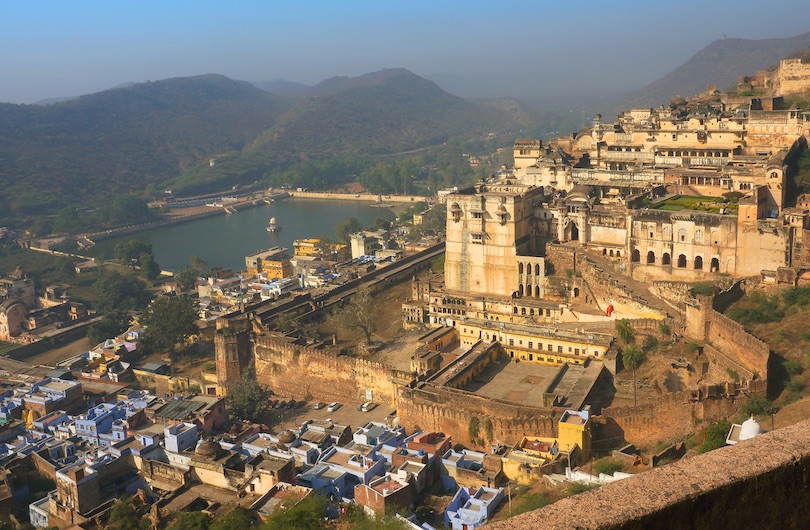
he city of Bundi is an exceptional objective, and it is a spot that is broadly known for its progression wells. While this methods for water assortment is not, at this point utilized around there, Bundi actually has in excess of 50 stage wells that you can see. The most celebrated is the Queen's Step Well, which traces all the way back to the fifteenth century and flaunts in excess of 200 stages. Likewise important in Bundi is the Taragarh Fort, built in the sixteenth century and now home to an amazing workmanship assortment. Break the metropolitan climate effectively at one of the lakes encompassing Bundi, or set off on a natural life safari at Ramgarh Vishdhari Sanctuary.
Pushkar
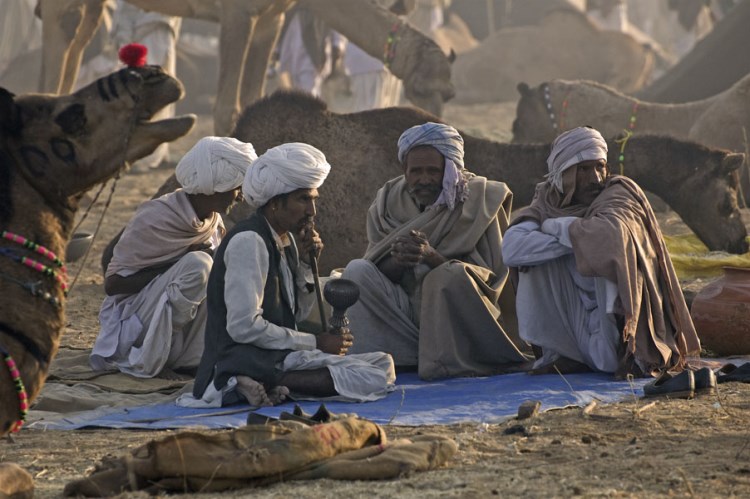 flickr/Koshyk
flickr/KoshykPushkar is a blessed city, and it is known best for its Brahma sanctuary and its yearly camel reasonable. Brahma is 33% of the heavenly trinity in Hindu religion, and Pushkar is supposed to be the home of Brahma. The Brahma sanctuary in Pushkar is difficult to miss, particularly on account of the successive reciting functions that occur a few times each day. Pushkar is likewise home to a few different sanctuaries dedicated to Vishnu, Savitri and Shiva. Each November, Pushkar wakes up with a camel reasonable and Hindu journey.
Jodhpur
 flickr/4ocima
flickr/4ocimaJodhpur or the Blue City, is located on the edge of the Thar Desert. Its colorful nickname comes from the many blue homes in the city, which make it look blue when viewed from above. Filled with forts and temples, Jodhpur is a historic destination with plenty of appeal. No trip would be complete without a tour of the 15th century Mehrangarh Fort, the largest fort in all of Rajasthan. The fort complex is home to a stunning mirrored hall, intricate sandstone screens in the Zenana Deodi, the Chamunda Mataji Temple and even a number of costumed people who really bring the fort to life.
Jaipur
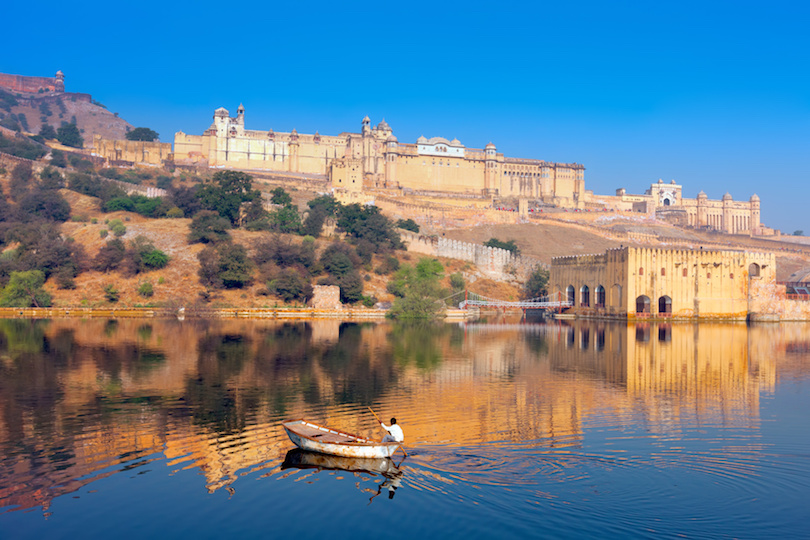
The capital of Rajasthan is Jaipur, a clamoring city overflowing with fascinating attractions and activities. Jaipur structures one corner of the Golden Triangle, and it makes an incredible door into the lesser-known objections inside Rajasthan. There are three significant strongholds in Jaipur: Amber Fort, Nahargarh Fort and Jaigarh Fort. Additionally worth investigating is the City Palace, a staggering mix of Mughal and Rajput plan that is so enormous most voyagers can't see everything in a solitary day. Jaipur is likewise home to various sanctuaries just as a significant market which wakes up every night as the sun sets.
Jaisalmer
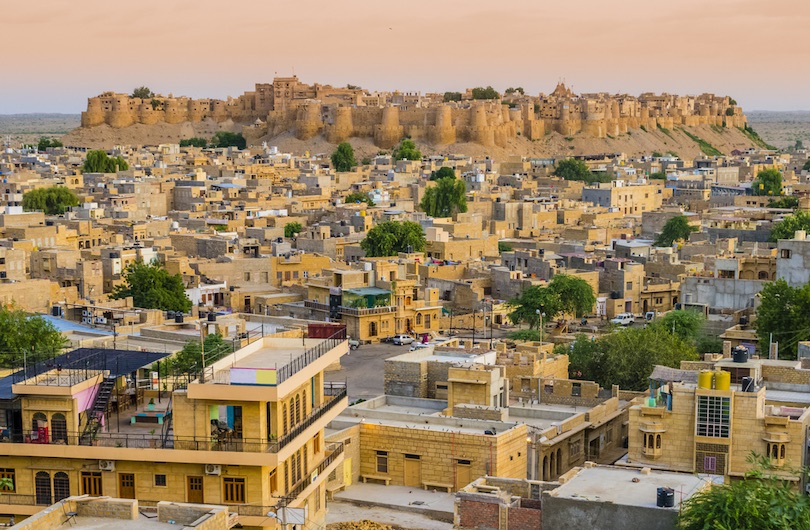
Otherwise called the Golden City, Jaisalmer is a wonderful city directly on the edges of the Thar Desert. The overwhelming highlights of Jaisalmer is the Jaisalmer Fort, or Sonar Qila, which is as yet an occupied space. Not at all like practically every other post in India, Jaisalmer is totally working, and inside the fortification you'll discover private homes, shops and even cafés. Trinket shopping inside the fortification is a pleasant encounter, with regular keepsakes including bronze sculptures and silver adornments. Inside the stronghold's dividers, there are additionally a small bunch of sanctuaries. These Jain sanctuaries date back to the twelfth century, and most are available to the general population toward the beginning of the day.
Udaipur
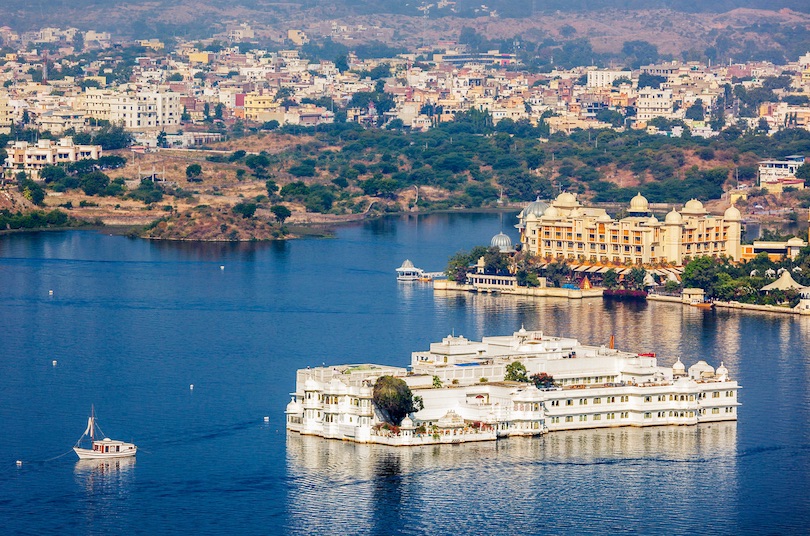
Udaipur is known as the City of Lakes, so it ought not come as an unexpected that the lakes are a principle fascination. Two of the greatest lakes, Fateh Sagar and Pichola, are fake, however that makes them no less wonderful. The primary motivation to visit Udaipur is for the opportunity to investigate Udaipur City Palace, an assortment of castles, galleries and nurseries in a scope of compositional styles. Sanctums, sanctuaries, regal homes and workmanship assortments are likewise accessible to respect inside the City Palace. Only north of the royal residence is Jagdish Temple, Udaipur's most celebrated sanctuary. Devoted to Lord Vishnu, the sanctuary flaunts shocking carvings, and it is currently a notable milestone around there.













Comments
Post a Comment
If you want to know about any place then please let me know